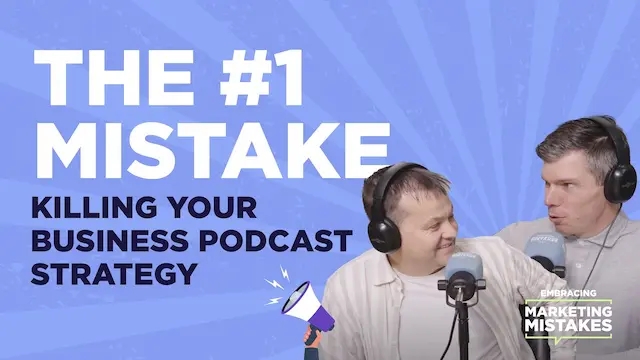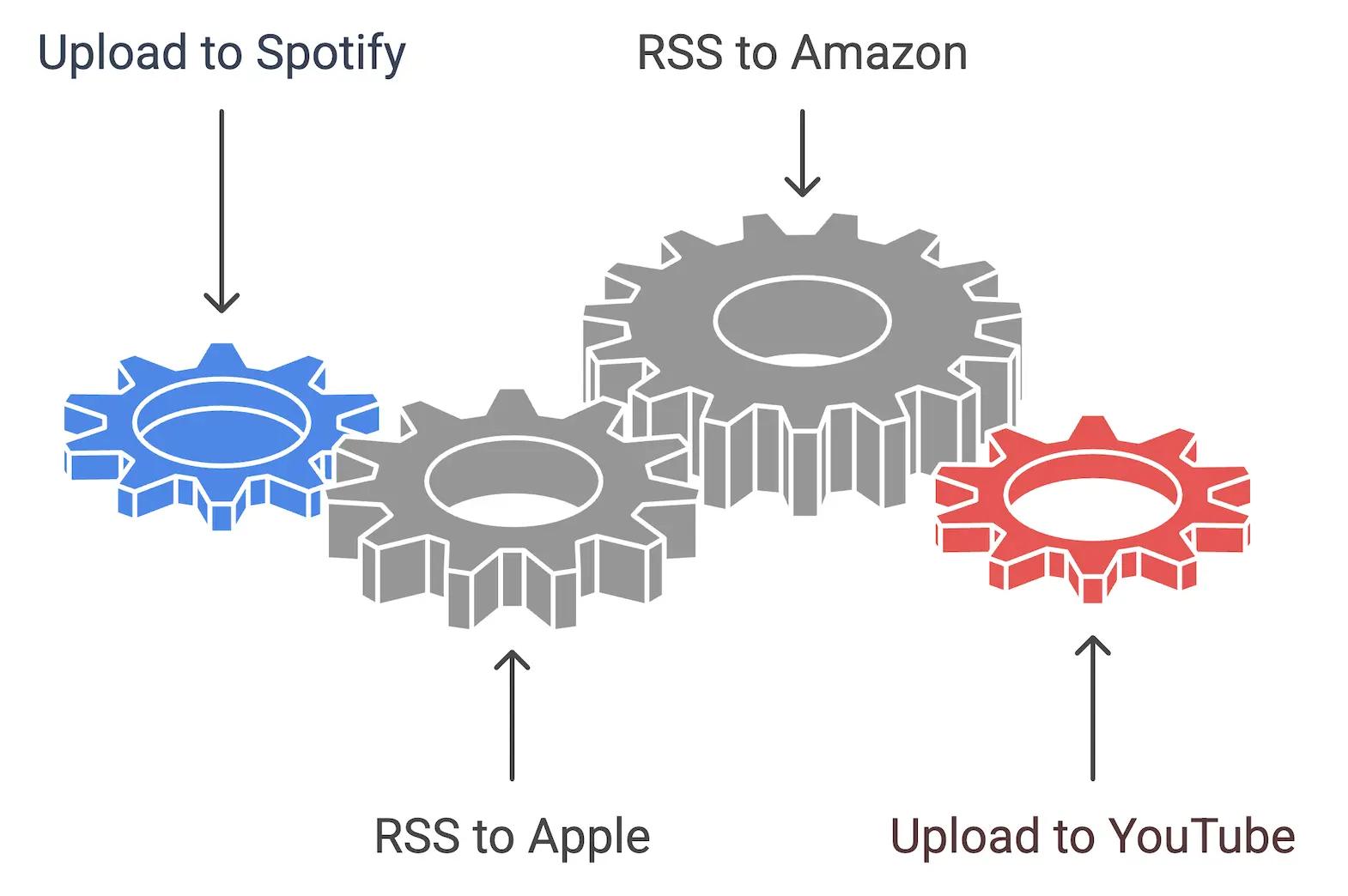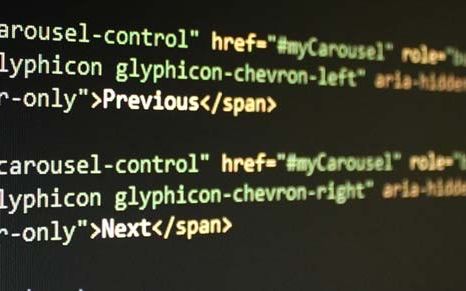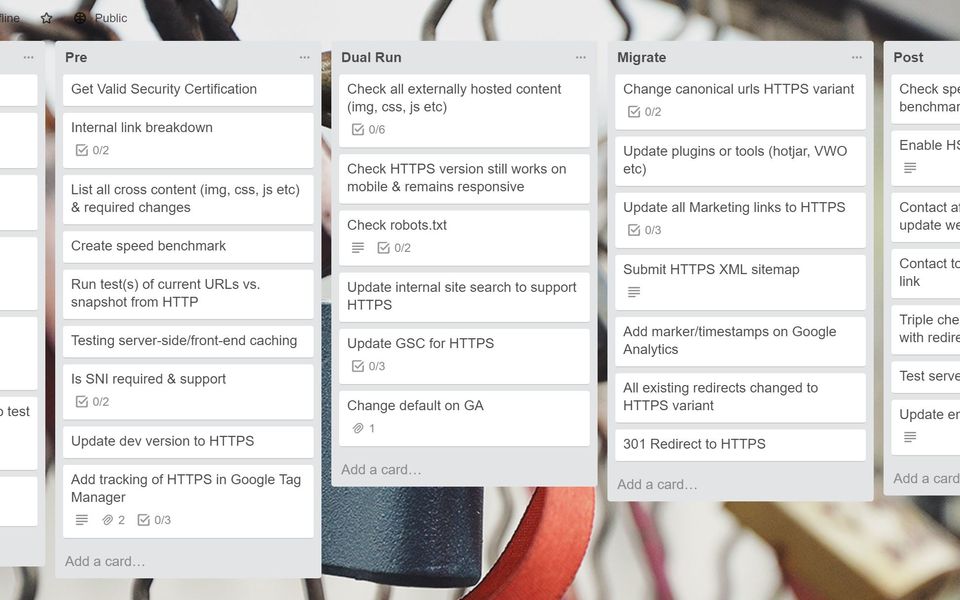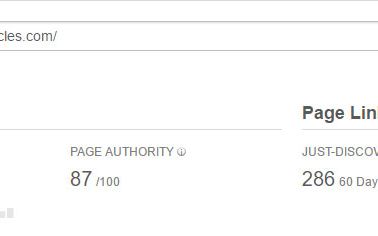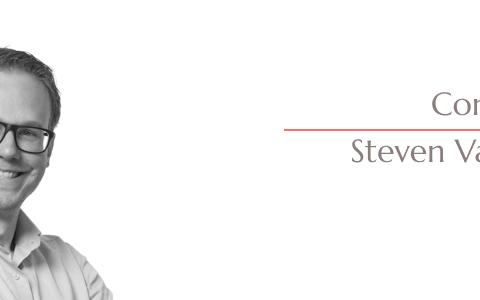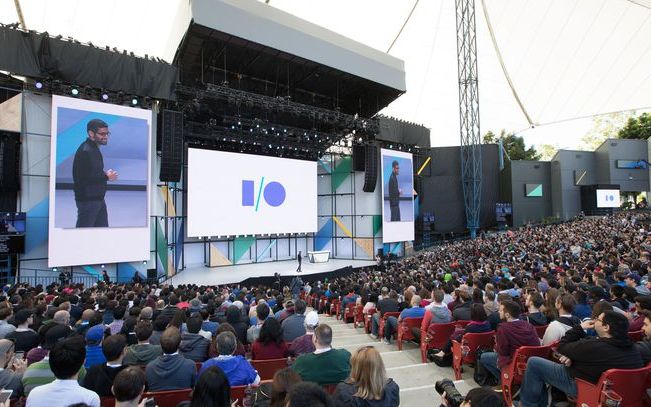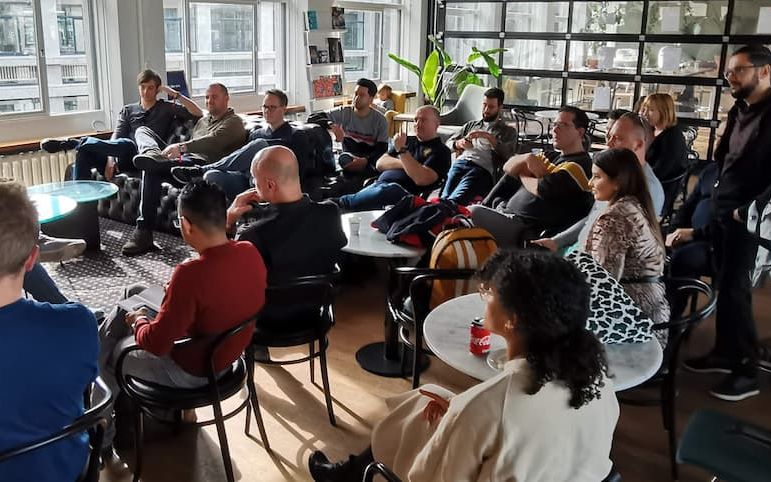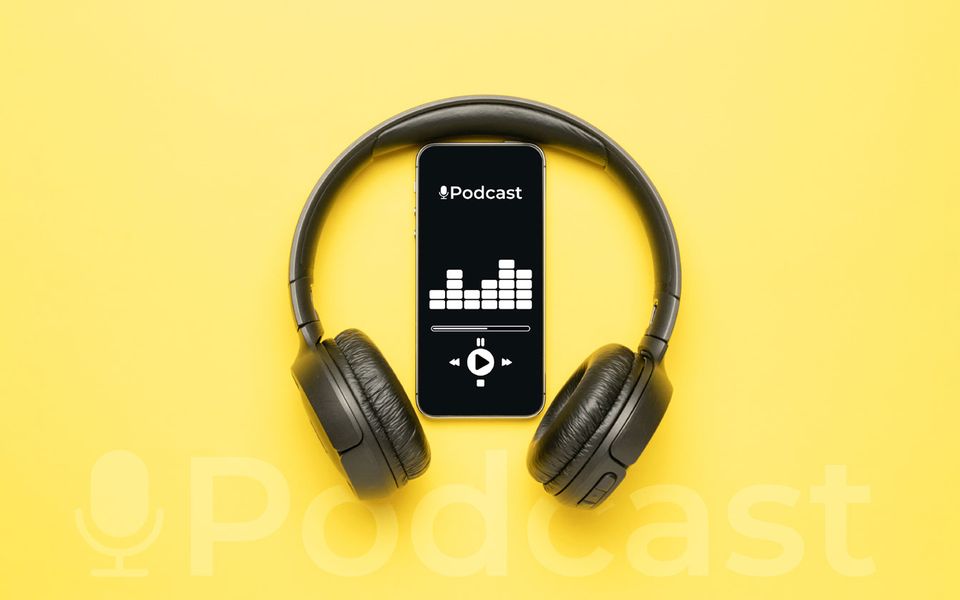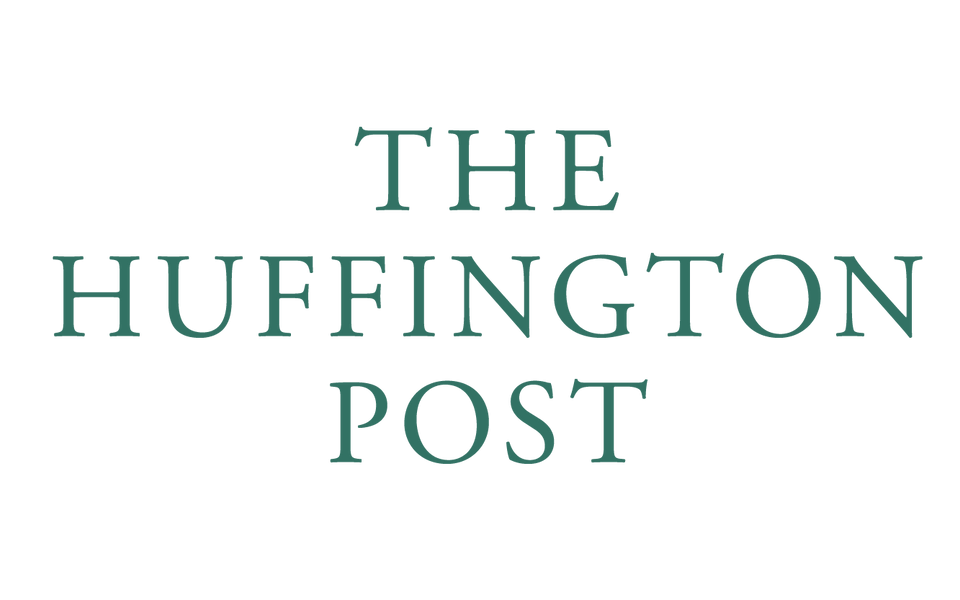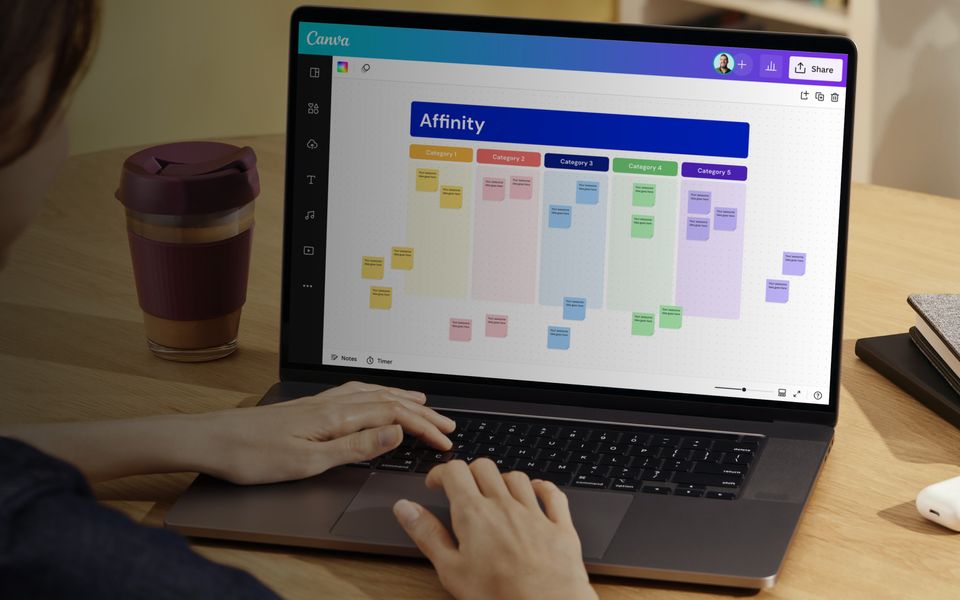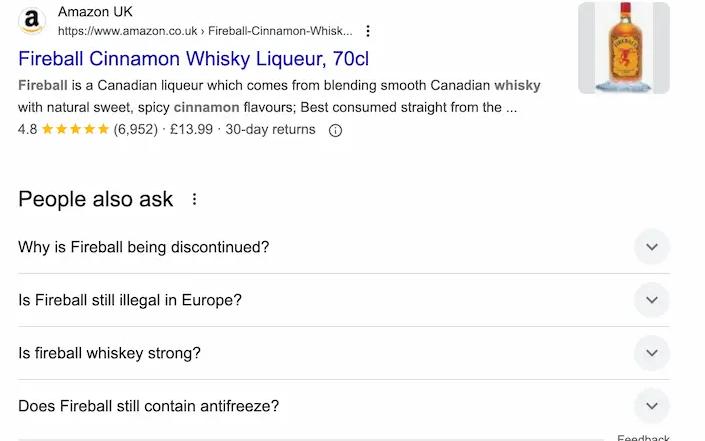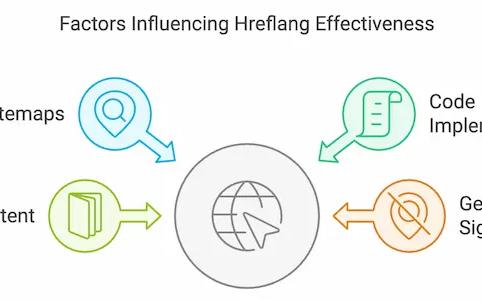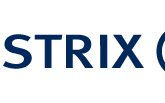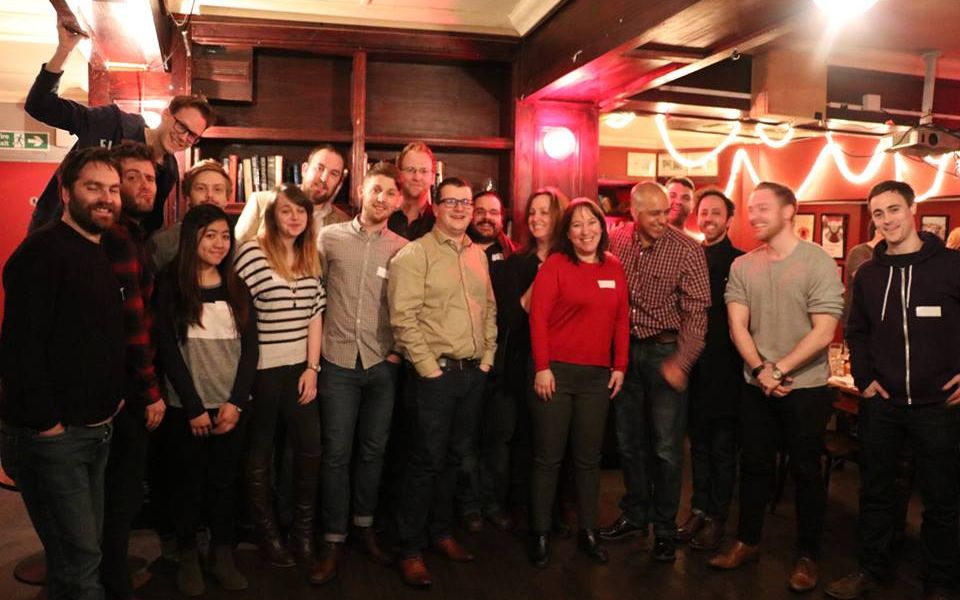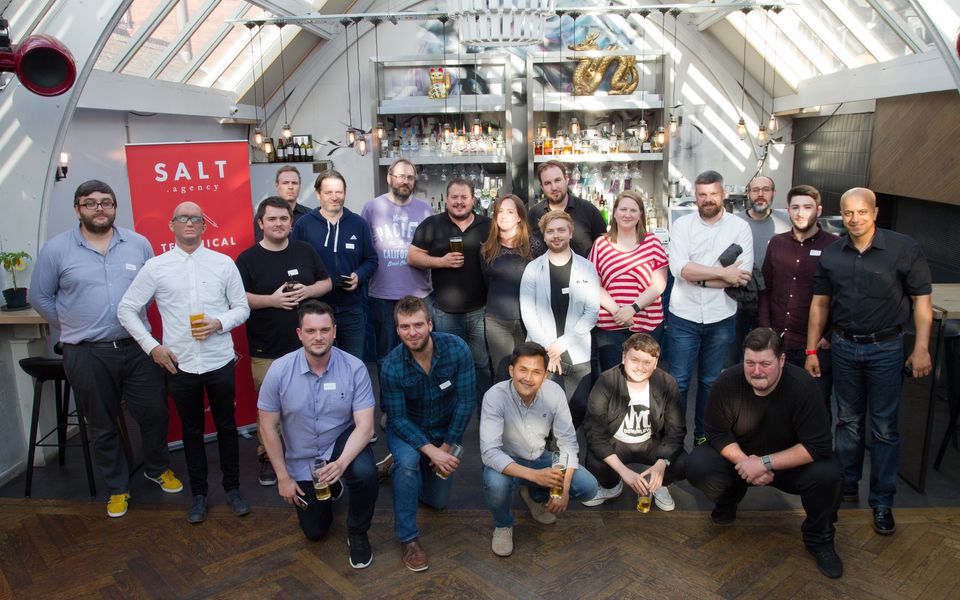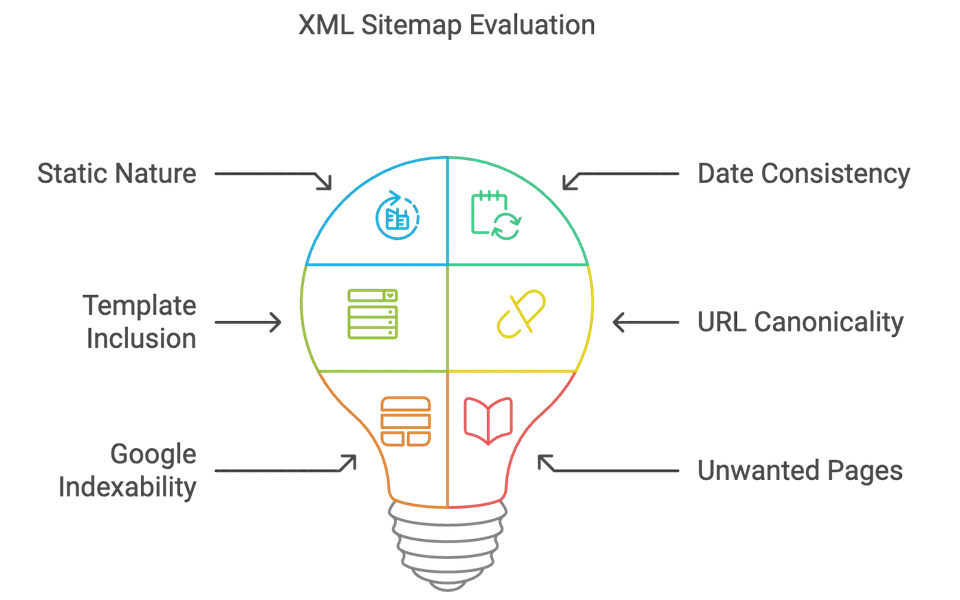Creating a great podcast is only half the battle—getting people to actually discover it can be just as tough. I recently attended an event organized by Search n Stuff hosted by Yagmur Simsek, where this very challenge was discussed in depth by Emina Demiri, Emre Onar, Jo Cameron and Sarah McDowell. They shared some fantastic insights on how to push your podcast beyond those first few listeners and start building a real audience. It’s a process—there’s no magic formula—but having a clear strategy can make all the difference.
Of course, the approach will vary depending on your topic and audience. A lot of the standard playbook advice can feel generic, but tailoring it to your niche is key. For example, gaming and VR podcasts thrive on Discord communities, while food or travel podcasts tend to perform better on Instagram and TikTok. For SEO-related podcasts, LinkedIn and X are great platforms—though more SEO professionals are starting to migrate to Bluesky.
We've had input from amazing podcasters including
The Podcast marketing strategy
- Define Your Target AudienceUnderstanding who your audience is will shape your content, marketing efforts, and overall podcast strategy. Start by creating listener personas that include demographics, interests, and listening habits. This will help you tailor your content to meet their needs and preferences, ensuring that your podcast resonates with the right people.
- Optimize Your Podcast for DiscoverabilityTo attract new listeners, it's crucial to optimize your podcast for search engines and podcast directories. Use relevant keywords in your podcast title, description, and episode titles. Additionally, ensure that your podcast artwork is eye-catching and meets the specifications of major platforms. Encourage listeners to leave reviews and ratings, as these can significantly improve your podcast's visibility.
- Leverage Social Media Marketing & repurpose Your ContentSocial media is a powerful tool for promoting your podcast. Share episode highlights, quotes, and behind-the-scenes content across platforms like Instagram, Twitter, and Facebook. Consider creating short video clips or audiograms to engage users visually. Repurposing your content into blog posts, infographics, or newsletters can also help reach a broader audience and keep your existing listeners engaged. “Use each podcast episode to create a variety of content across platforms, such as social posts, YouTube shorts, blogs, newsletters, and embedded videos to amplify its reach and relevance” - Emina Demiri
- Collaborate with Other Podcasters and InfluencersBuilding relationships with other podcasters and influencers in your niche can expand your reach and introduce your podcast to new audiences. Consider guest appearances on other shows, hosting joint episodes, or participating in podcast networks (crossovers). Collaborations can also include cross-promotions on social media, where both parties share each other’s content to their respective audiences.
- Engage Your CommunityCreating a sense of community around your podcast can foster loyalty and encourage word-of-mouth marketing. Engage with your listeners through social media, email newsletters, and live events. Encourage feedback and suggestions, and consider creating a dedicated space for listeners to connect, such as a Facebook group or Discord server. By making your audience feel valued and involved, you can build a strong, supportive community that will help promote your podcast organically.
First step Create an awesome podcast
Sounds easy, but actually a well edited podcast consistently is actually a challenge, getting guests, technical issues, a good microphone and the full works sorted does take a little bit more effort and budget than many people expect, but this won’t be the subject of this article.
When you are recording the podcast, take a second to ask your audience to engage in your socials, leave a positive review and subscribe.
“Growing the podcast was all about not overthinking it—just getting stuck in and making sure each episode had a cracking title and a clear takeaway - it is all about the value to the listener not about you the host. We figured if it made one of us want to click, chances were it’d do the same for our audience as we work in marketing too. This thought process doesn't always work but if you aim to have value in every pod - you will grow your show.” Chris Norton - Prohibition PR
Upload to key locations
- Spotify and RSS to -
- Apple
- Amazon
- YouTube
- Including youtube Music

Uploading your podcast to Spotify is a crucial first step because it provides you with an RSS feed—this feed acts as the backbone of your podcast distribution. With it, you can easily submit your podcast to major platforms like Apple Podcasts and Amazon Music, ensuring your content reaches a wider audience with minimal effort. While Spotify streamlines the process for many platforms, it's important to note that YouTube requires a separate upload, offering a unique opportunity to tap into its massive search-driven audience. Leveraging multiple platforms increases your podcast’s discoverability, helping you connect with listeners wherever they consume content.
Website setup
Your website is a key part to your website discoverabilty, this is made up of a shows homepage (which can be the homepage of the site) and show pages
Podcast show homepage -
Create podcast homepage, it might be a unique website or it might be a page attached to another website, the reasoning behind this is often strategic, is the podcast to compliment an existing business or blog, is it to be treated as standalone independent.
This page should be optimised with
- Metadata including social (opengraph) which means as people share it, brand impressions are pushed into places including X, Facebook and Whatsapp
- H1 which includes the show name
- A brief overview for new users and optimised with the key words about what the site is about, do not keyword stuff it but think about how your audience will be searching and how Google will try to meet that query.
Follow links for your core social media channels, including hosts. It is important not to neglect this page and ensure it is updated with any changes, (far too many podcast pages are linking to Google Plus). This should be the
Episode Page
Each episode should have its own webpage, which is linked to from the shows homepage, chronologically.
Ensure this page is optimised with the episode title as the title tag and H1, opengraph including an image should be implemented and customised as well. Opengraph when properly implemented means that when the page is shared in social media (Facebook, Whatsapp, X, Slack and more)
Each show page should feature
- The hosts
- include links to their social media
- Guest information
- Information on them
- Share button (share this episode with friends)
- A show summary (which should also be used as the opengraph description)
- Transcript of the show - (most people recommend Descript for this)
- Promotional clips that can be shared
- Links to the social media channels of choice
- Signup to newsletter if you have one
The title tag and description should feature core keywords and personally I would exclude the episode number from this, taking a look at this as an example page,
I have been listening to Rory Sutherland for a while now, the brilliant marketer has a lot to say on almost everything which I find insightful - but taking this page for instance -
Case examples
The title tag is “Episode 42 - Rory Sutherland” and the description is “Transport for humans with Rory Sutherland” I would change it to Title - “Rory Sutherland on Rethinking Transport: Why Efficiency Isn't Everything” and for the description “Rory Sutherland challenges the obsession with speed in transport, arguing that experience, comfort, control, and enjoyment matter more in this insightful podcast episode” I believe organic traffic would increase significantly.
Promotional short Clips for marketing on social media
I've had great success using Opus AI to create shareable clips—some podcasting tools come with this feature built-in, but other great alternatives include Canva and CapCut. If your podcast is audio-only, you can easily add visuals to make it more engaging. Sharing these clips on social media is key to driving awareness and engagement. Have a clear plan to promote episodes when they go live, focusing on core platforms like TikTok, Instagram, and YouTube Shorts. Use a mix of stories and posts to maximize reach, and don't just stop after the initial launch—keep rolling out quality clips over time as long as they stay relevant. As your audience grows, revisiting older episodes can bring in new listeners. Also, sharing clips with co-hosts and guests can help amplify your reach, as people tend to engage more with individuals than brands. Wherever possible, tag hosts and guests to encourage resharing and build momentum.
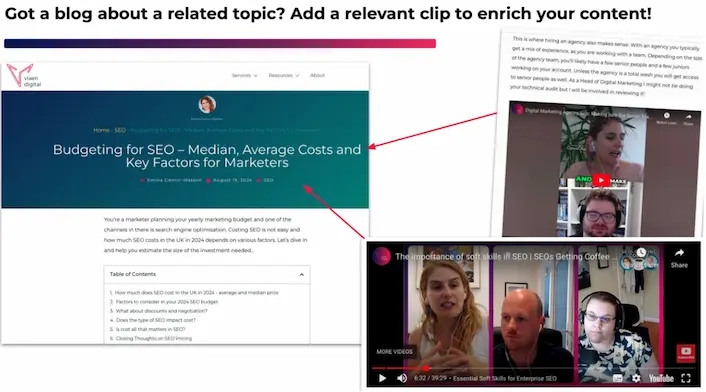
Emina Demiri - Search ‘n Stuff Presentation - January 2025
Share clips on social media
- Create both a episode launch plan with the clips to share promotional clips when the episode is live on core channels, TIkTok, Instagram and YouTube shorts
- Use stories and posts appropriately
- Create a long term promotion plan to continue rolling out these good clips over an indefinite period as long as they are relevant, as your show numbers increase don’t neglect the older episodes
- Share clips with co-hosts and guests if they want to use them in their own channels, people are often more likely to engage with individuals than with companies
- Tag hosts and guests where possible
- Pin good clips in TikTok
- Create playlists in YouTube
An excellent example of how this works is Chris Nortons TikTok page promoting the podcast - Embarrassing Marketing Mistakes embracingmarketingmistakes.co.uk
https://www.tiktok.com/@chrisnorton_2/ Chris and his co-host share clips on different personal and professional channels
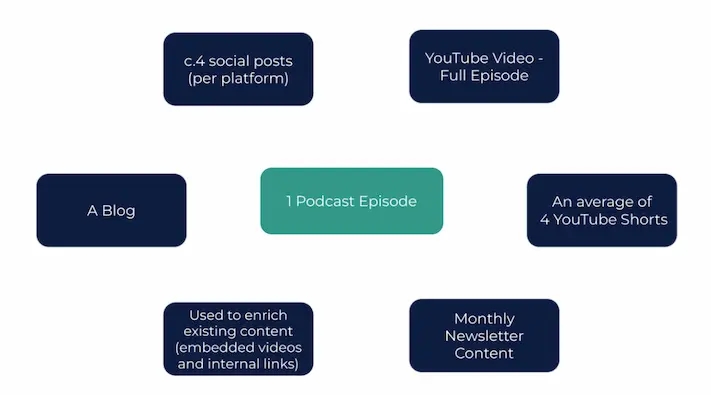
Emina Demiri - Search ‘n Stuff Presentation - January 2025
Podcast Episode goes live
As the episode goes live push it to your own team to share on their own socials if they are keen, hosts and more, suggest they all link to the episode page which has links to the spotify version.
Share to socials such as linkedin, X, and Instagram (both story and post) Whatsapp groups that are relevant, slack channels.
Email newsletters are still a great channel, if you’ve got a corporate one they can be included if it is a dedicated one it is important to
Team Activation
- Notify your team and key stakeholders as soon as the episode goes live. Provide them with easy-to-share assets (social media captions, images, and direct links).
- Encourage them to share the episode on their own social media profiles (LinkedIn, X, Instagram, etc.), linking to the episode page that includes Spotify, Apple Podcasts, and other platform links.
- Leverage internal channels like company Slack groups, WhatsApp teams, and relevant forums to boost visibility.
Social Media Push
- Post across all relevant social platforms:
- LinkedIn: Share a detailed post highlighting key takeaways and tagging guests.
- X (Twitter): Post a thread with quotes or insights from the episode.
- Instagram: Utilize both stories and posts; include audiograms, behind-the-scenes clips, and carousel posts with episode highlights.
- Facebook Groups: Share in niche communities where the topic is relevant.
- Schedule multiple posts over the following days and weeks to maintain momentum.
Email Newsletter Promotion
- If your company has a corporate newsletter, work with the marketing team to include the podcast in the next issue.
- For dedicated podcast newsletters, craft a compelling subject line and summary that highlights the value of the episode.
- Personalize emails to key contacts who might find the episode relevant and encourage them to share.
Collaboration with other podcasters and brands
At the Search ‘n Stuff podcast marketing event, a lot of conversations were around collaboration with others, by cross promoting, when you have a shared audience this can be significantly impactful.
Collaborating with other podcasters and brands is a powerful way to expand your reach and tap into new audiences. By partnering with like-minded creators, you can cross-promote each other’s content, share audiences, and bring fresh perspectives to your episodes. Guest appearances, co-hosted episodes, or simple shoutouts can introduce your podcast to a whole new listener base. Working with brands that align with your niche can also boost credibility and provide opportunities for sponsorships or co-branded content that benefits both parties. Whether it's a formal partnership or a casual collaboration, building relationships within your industry can help your podcast grow organically while adding value to your audience.
Podcast Live Events and on-location recording
Chris and Vicky did an awesome live episode for “And we have an Office Dog” - by partnering with companies to sponsor it, they managed to create an engaging live event that had drinks, friends and significantly increased the brand awareness of the podcast, it helped that they organised it in a lovely pub.
Tracking Results
'One of the pitfalls I see all the time is marketing teams not planning their distribution correctly. Podcasts in particular are prime real estate for this! A podcast has the power to become the foundation for an entire content strategy! By planning your distribution effectively, you maximise reach, engagement, and the overall impact of your efforts. Make your podcast work harder to deliver results across multiple channels." Emina Demiri
Tracking the performance of your podcast is crucial to understanding what's working and what needs improvement. By leveraging analytics tools and setting clear goals, you can measure success, optimize future episodes, and refine your marketing strategy to drive growth.
Define Key Metrics
Start by identifying the key performance indicators (KPIs) that align with your podcast goals. Some important metrics to track include:
- Downloads & Streams: Track total and per-episode downloads to understand your podcast's overall reach.
- Listener Retention: Measure how long listeners stay engaged with each episode.
- Subscription Growth: Monitor changes in your subscriber count across platforms.
- Social Engagement: Track likes, shares, and comments on social media to gauge audience interaction (this can be challenging to track)
- Website Traffic: Use tools like Google Analytics to see how much traffic your pages get, including
Reviews & Ratings: Keep an eye on listener feedback to understand sentiment and areas for improvement.
Leverage Analytics Tools
Most podcast hosting platforms provide built-in analytics that offer insights into listener behavior. Popular platforms and tools include:
- Spotify for Podcasters and Apple Podcasts Connect – Provide detailed breakdowns of plays, listener demographics, and retention rates.
- Podtrac – Offer cross-platform tracking and audience insights.
- Social Media Analytics – Use platform-specific insights from Instagram, TikTok, LinkedIn, and X to evaluate engagement.
Bitly and UTM Tracking – Track click-through rates from promotional links in emails and social media posts.
Optimize Based on Data
Once you've collected data, analyze it to identify trends and actionable insights:
- Identify which topics, formats, or guests drive the most engagement and prioritize them in future episodes.
- Experiment with different posting schedules to see what times lead to higher engagement.
- Adjust marketing strategies based on which platforms bring the most traffic.
Set Up Regular Reporting
Create a reporting system to track your podcast's progress over time. A simple monthly report could include:
- Total downloads vs. previous months
- Audience retention trends
- Most popular episodes
- Top-performing social media channels
- Areas of improvement and action points
By consistently tracking and optimizing your podcast marketing efforts, you'll ensure sustainable growth and a deeper connection with your audience.
“Consistency is everything. We started fortnightly but after a while we made sure to show up week in, week out, even if some days it felt like we were talking to thin air! Pair that with a good dose of curiosity-sparking titles and relatable stories, and before we knew it, the downloads started to drop in. Most podcasters give up afer 5 episodes and that is because it is harder than you think. You have to stay consistent and keep pushing on always adding that value.” Chris Norton - Prohibition PR
Growing a podcast takes time, effort, and a well-thought-out strategy. From leveraging multiple platforms and creating engaging shareable content to collaborating with others in your industry, every step plays a crucial role in building and sustaining your audience. Consistency is key—whether it’s regularly releasing episodes, sharing clips, or engaging with your listeners across social media. Stay adaptable, experiment with different approaches, and keep refining your strategy based on what resonates most with your audience. With the right mix of persistence and creativity, your podcast can continue to grow and reach new heights.
Feel free to contact me (Gerry White) for marketing support or as a guest to discuss growth and marketing!
Chris Norton and Will Ockenden produced a video on how they marketed their podcast to 110k downloads -
